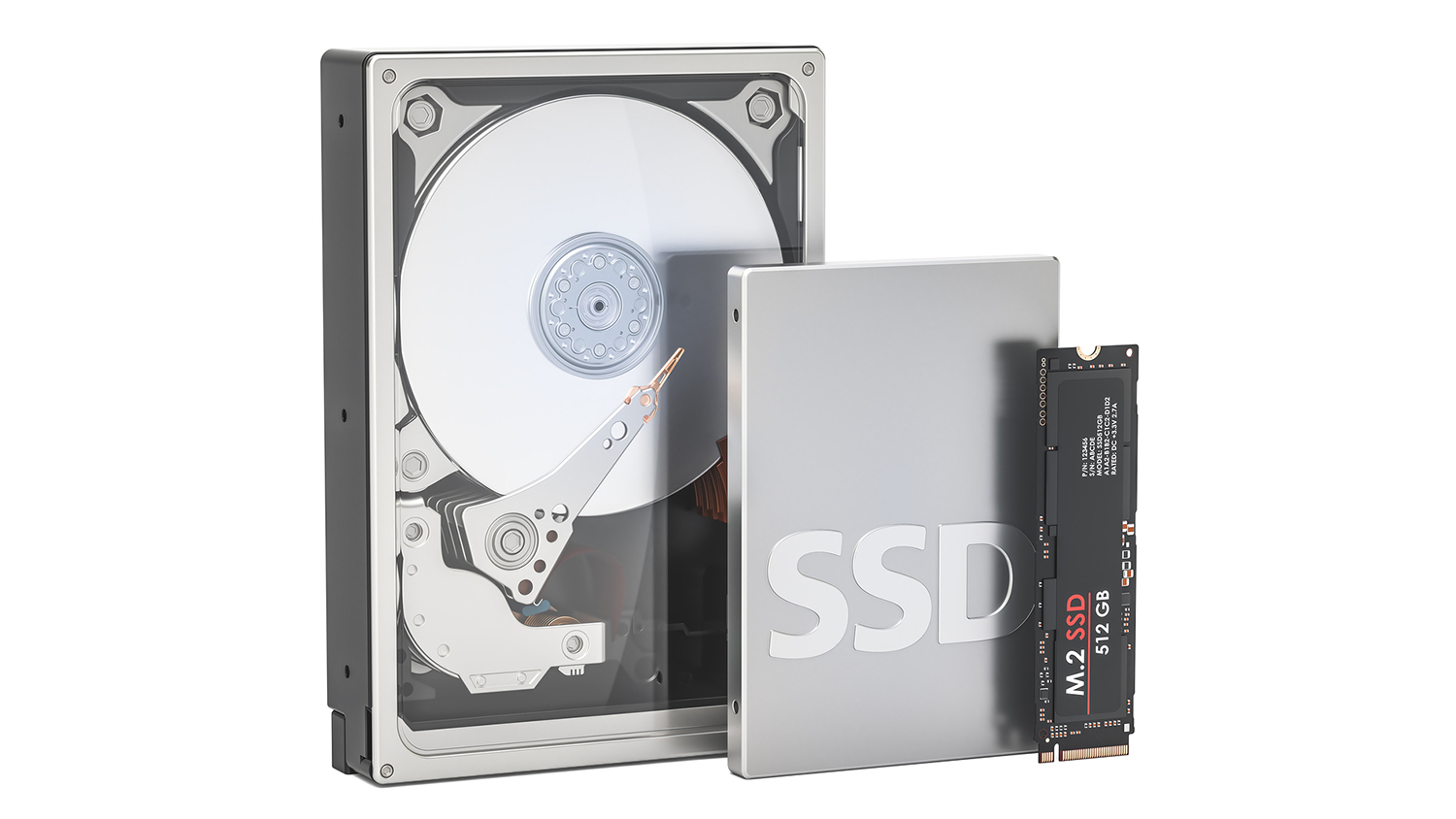SSDs: solid by name, solid by nature
Solid state drives are now a stable, mature technology, but that doesn’t mean progress will slow to a halt


It doesn't seem long ago that solid-state storage was an exciting new technology. I remember the buzz when Intel's first SSD, the X25-M, arrived in the Labs. It had a capacity of 80GB - which even at the time felt pretty tight - and cost an eye-watering 440. It was slow by modern standards, with a maximum read speed of 226MB/sec over the then-current SATA-2 interface. Even so, in a world of mechanical drives, it felt like the future.
Today, SSDs have practically become a commodity. On the SATA side, performance is more or less uniform across the board, and even budget drives offer more longevity than any normal person is likely to need.
That's not to say the manufacturers are going to sit back and relax. In the newish world of M.2, there's plenty of scope for speeds to climb, and prices to fall. There's a big gap between this month's fastest and slowest NVMe drives, and even the mightiest of SSDs isn't yet capable of saturating the interface.
Even so, if you're wondering whether you should hold out for the next generation of NVMe drives, I'd suggest it's probably not worth the wait. To see why, you need only look at benchmark results measuring drive performance in popular desktop applications. The advantage of an SSD over a mechanical drive is impossible to miss - but beyond that, the difference between a cheap SATA drive and a lightning-fast M.2 model is remarkably modest.
That tallies with what we've observed many times in our own application benchmarks. Faster read and write performance is great for some specific tasks, but has little effect on everyday productivity. Often, the benefit of solid-state storage isn't about transfer speeds but latency.
Still, if the history of home computing teaches us anything, it's that more powerful hardware breeds more demanding software. As super-fast SSDs become increasingly common, I don't doubt that developers will increasingly find ways to exploit them - for example, by relying more on disk caching to free up valuable system RAM. Choosing a faster drive may bring limited benefits today, but it'll ensure you're well equipped for whatever the future brings.
Sign up today and you will receive a free copy of our Future Focus 2025 report - the leading guidance on AI, cybersecurity and other IT challenges as per 700+ senior executives
Darien began his IT career in the 1990s as a systems engineer, later becoming an IT project manager. His formative experiences included upgrading a major multinational from token-ring networking to Ethernet, and migrating a travelling sales force from Windows 3.1 to Windows 95.
He subsequently spent some years acting as a one-man IT department for a small publishing company, before moving into journalism himself. He is now a regular contributor to IT Pro, specialising in networking and security, and serves as associate editor of PC Pro magazine with particular responsibility for business reviews and features.
You can email Darien at darien@pcpro.co.uk, or follow him on Twitter at @dariengs.
-
 Trump's AI executive order could leave US in a 'regulatory vacuum'
Trump's AI executive order could leave US in a 'regulatory vacuum'News Citing a "patchwork of 50 different regulatory regimes" and "ideological bias", President Trump wants rules to be set at a federal level
-
 TPUs: Google's home advantage
TPUs: Google's home advantageITPro Podcast How does TPU v7 stack up against Nvidia's latest chips – and can Google scale AI using only its own supply?
